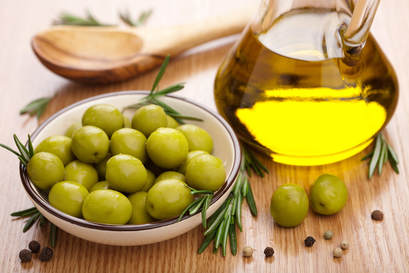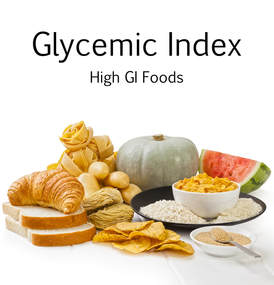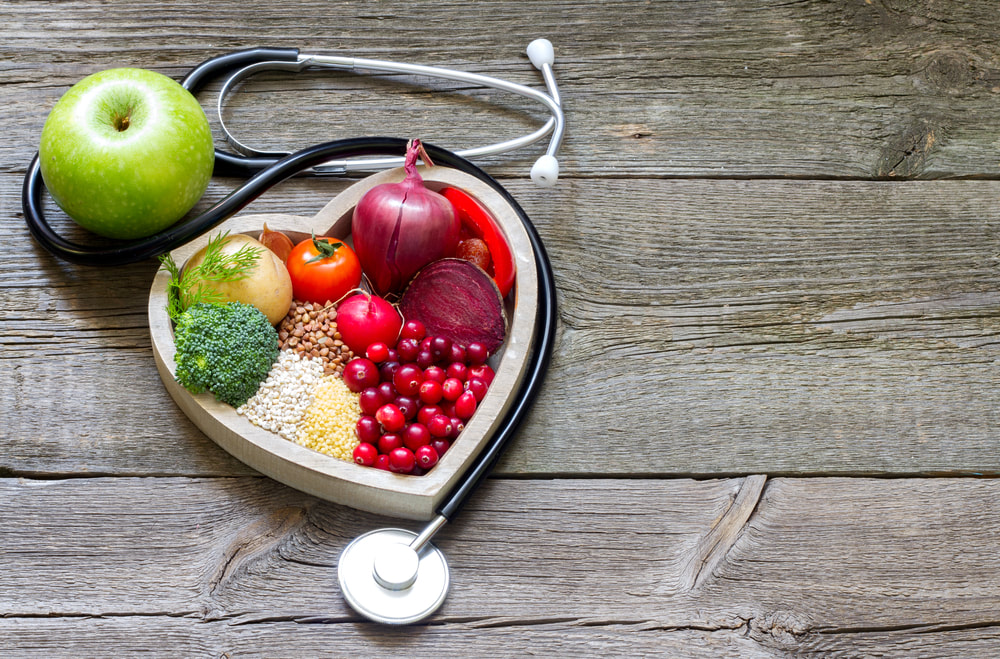Four Steps to an Anti inflammatory Approach to Eating
Practicing the last three are the most important steps to eating for a healthy lifestyle. The first, removing foods you have a sensitivity to, is important if you you are having noticeable symptoms of chronic inflammation, which often means your gut health is not optimal.
Remove Foods You May Sensitive to
Food sensitivities are common for people with an impaired digestive system. The symptoms don't necessarily show up in the digestive system, but can manifest in other parts of the body.

Generally, if you are trying to adjust your diet because you aren't feeling terrific or want to see if your symptoms can be helped with an anti-inflammatory diet, this is a good place to start.
Gluten, dairy, corn, soy, and artificial flavors, colors, and preservatives are the most common food sensitivities. These are eliminated for three weeks, then one by one they are reintroduced to the diet for three days at a time to see if you feel worse again. The other way to go about it is to have your doctor do a delayed IgE sensitivity test or order an at home test. I tried the Everly Well Food Sensitivity test, you can usethis link to get 10% off (US only). I went into the symptoms of food sensitivities and how to do an elimination diet here (along with a downloadable journal and guide). I also delved more into why we develop food sensitivies here.
The important thing to note is that you don't have to give up these foods forever. You may want to limit some of them, like gluten and dairy, but if you heal your body, and stay with a healthy lifestyle most of the time, you'll do well.
Eat a Wide Variety of Fruits and Vegetables
Fruits and vegetables are rich in the micronutrients your body and immune system needs to function well. They contain antioxidants, B vitamins, and minerals, all of which reduce inflammation. Try to eat organic as much as possible, to reduce your exposure to pesticides. Click here for more information on eating organic and if you can't eat entirely organic, which foods are most important to avoid. 
Foods are being touted as having antioxidant properties all the time, but what exactly do antioxidants do?
Your body releases free radicals during it's normal functioning each day which has the potential to damage tissues. The free radical's reactivity is quenched by the antioxidants in our food. When you are exposed to toxins, such as heavy metals or pesticides, more free radicals are released, so that you need more antioxidants to absorb the free radicals and prevent damage to your tissues. Free radical damage can cause autoimmune disease, cancer, and chronic inflammation. For more information on how to include more vegetables in your diet, click here. Include Healthy Fats in Your Diet and Avoid Inflammatory Fats
We do need fats in our diet, especially the essential fatty acids that our bodies can't produce, such as Omega 3's and Omega 6's. Our cell membranes and nerve cells are made up of fatty acids and our brains are made from 60% fat.
If we want or cell membranes to be loose and fluid, we need the Omega 3's and 6's. Saturated animal fats and trans-fats cause the cell membranes to be stiff, which has a negative effect on how cells communicate with messenger molecules. Fats that you eat are converted to a class of hormones called prostaglandins, which can either increase or decrease inflammation. Those that are converted to prostaglandins that increase inflammation are polyunsaturate vegetable oils -- corn, sesame, sunflower, safflower, etc., and margarine and other artificially hydrogenated fats, including all partially hydrogenated vegetable oils. Saturated fats from animals can also be inflammatory. Beef and dairy products from corn-fed cattle contain more saturated fats, whereas grass fed animals have a healthier fat which transfers the health benefit to you. Fats that form prostaglandins which decrease inflammation are olive oil, avocado oil, and the fats in oily fish such as salmon, mackerel, sardines, and herring. The fish oils and also flax oil contains omega-3 oils. Generally, it's better to focus on Omega-3 oils, as Omega-6 oils are far more common, especially in a standard American diet. and while our ancestors were thought to have one to one ratio Omega-6's to Omega-3's, there is a correlation between the high ratio of Omega-6's to Omega-3's occurring in modern times. One exception is evening primrose oil, black currant oil, and borage oil supplements containing a specific Omega 6 fat GLA (gamma linoleic acid) that increases amount of a very good prostaglandin called PGE1. PGE1 helps to reduce inflammation, reduce circulatory immune complexes, and decreases overactive T-cells. For more information on healthy fats read here. Eat a Low-Sugar Diet!
A diet containing processed sugar is associated with increased inflammation and impaired function of the immune cells. Foods filled with sugar or white flour are high glycemic index foods. The glycemic index indicates how quickly and severely a food raises your blood sugar.
High glycemic foods put you at risk for diabetes, high blood pressure, cardiovascular disease, and many other chronic diseases. Examples include bagels, bread, cakes, cookies, crackers, candy, and soft drinks. High blood sugar also causes an emergency release of insulin. If there is too much glucose and insulin in your blood stream at once, your body stores the excess glucose as fat. Many processed foods contain more sugar than you may realize, plus the artificial flavors, colors, and preservatives that come with them. Read more about avoiding processed foods here. Also, when you are eating sugary foods, generally you are not eating the healthy fruits and vegetables that would benefit you more! Eating in a way that not only decreases inflammation, but keeps future inflammation at bay, will not only help you feel better now, but will reduce the chance of suffering from chronic diseases or conditions in the future.
|
Click below to join my FREE Facebook Group-
Women's Wellness Circle: Create Your Extraordinary Life AuthorHi, I’m Crystal! If you'd like to access my Farmer's Market Friday posts from 2018, click here!
Categories
All
|



 RSS Feed
RSS Feed